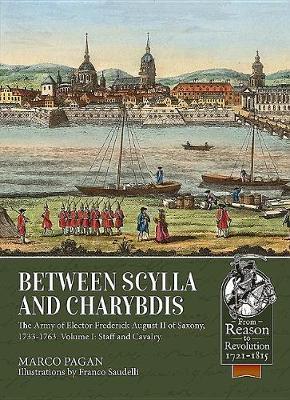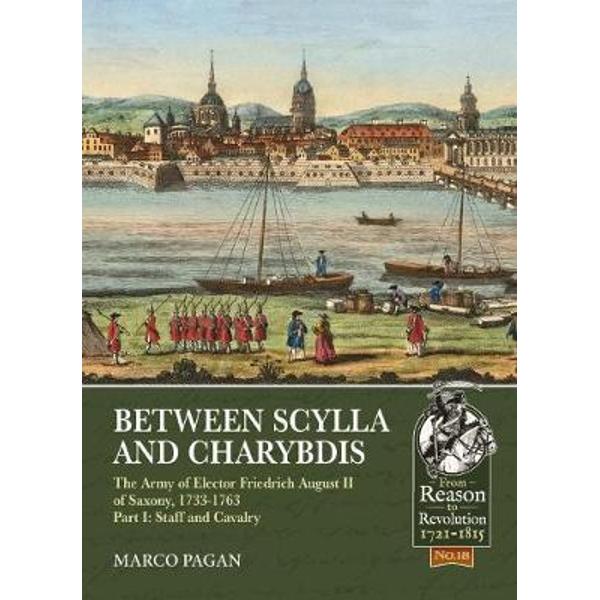Between Scylla and Charybdis
Between Scylla and Charybdis
The new Elector inherited an efficient and modern army. Forged by Field Marshall von Flemming on new lines between 1717 and 1727, this re-born army could match the other European countries. Friedrich August II, aided by the Russian army and supported by Austria, managed to defeat Leszczynski's supporters, and after a short but bloody conflict he was elected King of Poland. Next the Saxon army fought as an auxiliary in the Austrian service in Hungary against the Turks, and on the Rhine against the French. In 1741, Saxony reneged on the Pragmatic Sanction and sided with France, Bavaria, and Prussia when Friedrich II of Prussia invaded Silesia after the death of Emperor Charles VI. The Saxons fought against Maria Theresia's Austrian army during the First Silesian War, occupied Prague and campaigned in both Bohemia and Moravia. Thereafter, Prussia signed a unilateral peace with Austria. Saxony signed a separate cease-fire and France was left alone. Years of armed peace followed until the Second Silesian War. During the war, Saxony sided with Austria. The Prussian army crossed the border and
PRP: 170.00 Lei
Acesta este Pretul Recomandat de Producator. Pretul de vanzare al produsului este afisat mai jos.
153.00Lei
153.00Lei
170.00 LeiLivrare in 2-4 saptamani
Descrierea produsului
The new Elector inherited an efficient and modern army. Forged by Field Marshall von Flemming on new lines between 1717 and 1727, this re-born army could match the other European countries. Friedrich August II, aided by the Russian army and supported by Austria, managed to defeat Leszczynski's supporters, and after a short but bloody conflict he was elected King of Poland. Next the Saxon army fought as an auxiliary in the Austrian service in Hungary against the Turks, and on the Rhine against the French. In 1741, Saxony reneged on the Pragmatic Sanction and sided with France, Bavaria, and Prussia when Friedrich II of Prussia invaded Silesia after the death of Emperor Charles VI. The Saxons fought against Maria Theresia's Austrian army during the First Silesian War, occupied Prague and campaigned in both Bohemia and Moravia. Thereafter, Prussia signed a unilateral peace with Austria. Saxony signed a separate cease-fire and France was left alone. Years of armed peace followed until the Second Silesian War. During the war, Saxony sided with Austria. The Prussian army crossed the border and
Detaliile produsului












